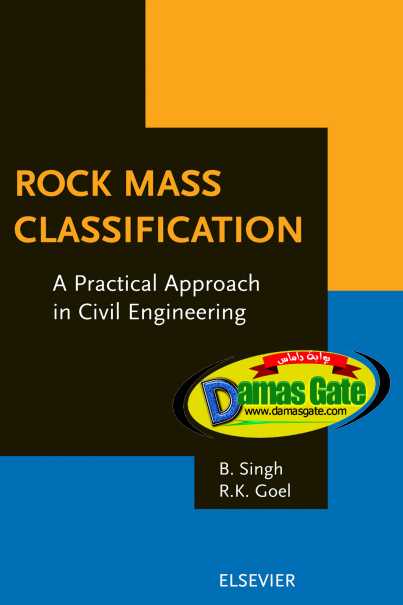Rock Mass Classification, A Practical Approach in Civil Engineering

PREFACE
The growing need for this book "Rock Mass Classifications - A Practical Approach in Civil Engineering" has been the authors' motivation for many years. Many questions agitated our minds - Is Classification reasonably reliable? Can it be successful in the crisis management of geohazards? Can a single Classification system be general for all rock structures? Is Classification a scientific approach? Laborious field research was needed to find answers to these vital questions. By God's grace, scientists of the Central Mining Research Institute (CMRI), University of Roorkee (UOR), Central Soil and Material Research Station (CSMRS), U. P. Irrigation Research Institute (UPIRI), and Norwegian Geotechnical Institute (NGI) came together. The god gifted ideas and the reliable field data made our task of interpretation less tortuous. Consequently, several improvements in correlations have been possible and thereby practical doubts were cleared. Then followed the consultancy works in above institutions, the success of which further boosted our morale. Finally, the research work was systematicaly compiled into this book in order to generate more confidence and interest among civil, mining
and petroleum engineers and geologists.
Research experience suggests that many classification approaches are scientific. Nevertheless, the scientific spirit of prediction, check and cross-check should be kept alive. Hence, many alternative classification systems have been presented for a particular rock structure. The suggested correlations in this book may be used in feasibility designs of major projects. For final designs, rational approaches are recommended. In the design of minor projects, field correlations may be used. The notation for uniaxial compressive strength of rock material is
qc and cy c in this book.
Download
*